When to Embark on Your Northern Vietnamese Itinerary?
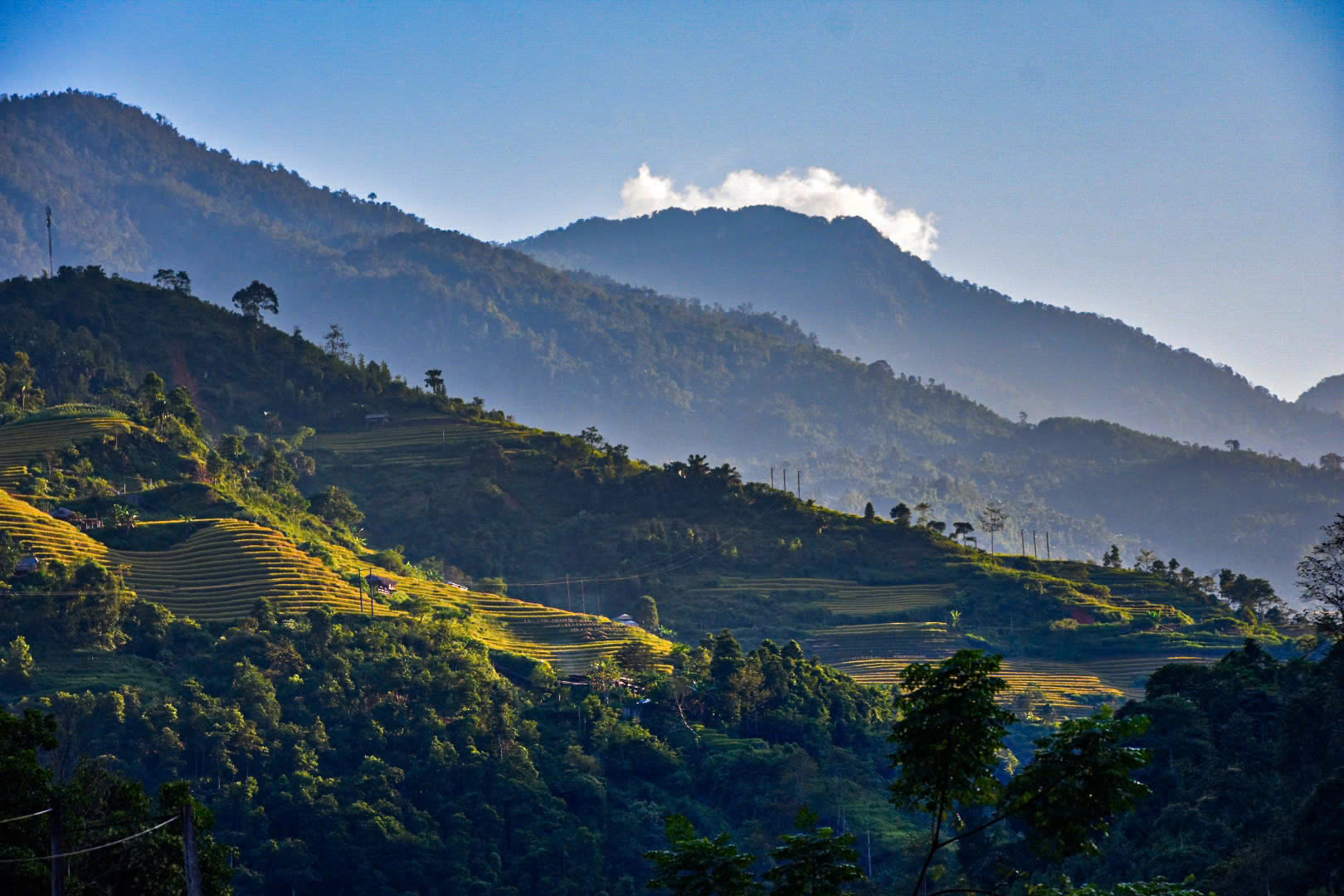 Northern Vietnam experiences four distinct seasons, so the best time to visit depends on what kind of experience you’re looking for. Spring, from March to April, offers mild temperatures and blooming flowers, making it perfect for sightseeing. Summer, from May to August, is ideal for adventure seekers, though you should be prepared for occasional heavy rains.
Autumn, from September to November, is considered the best time to visit due to its pleasant climate and golden rice fields. Winter, from December to February, brings cooler temperatures, especially in the mountains, where misty landscapes create a magical atmosphere. For the best overall experience, plan your trip between September and November or March and April as part of the northern Vietnam itinerary.
Northern Vietnam experiences four distinct seasons, so the best time to visit depends on what kind of experience you’re looking for. Spring, from March to April, offers mild temperatures and blooming flowers, making it perfect for sightseeing. Summer, from May to August, is ideal for adventure seekers, though you should be prepared for occasional heavy rains.
Autumn, from September to November, is considered the best time to visit due to its pleasant climate and golden rice fields. Winter, from December to February, brings cooler temperatures, especially in the mountains, where misty landscapes create a magical atmosphere. For the best overall experience, plan your trip between September and November or March and April as part of the northern Vietnam itinerary.
How to Get to Northern Vietnam?
Most travelers begin their Northern Vietnam itinerary at Hanoi, the capital of Vietnam, which is home to Noi Bai International Airport. From there, you can easily travel to major destinations like Halong Bay, Ninh Binh, and Sapa by train, bus, or private car. If you’re short on time, booking a domestic flight to nearby cities like Dien Bien Phu or Ha Giang is also an option.Suggested Northern Vietnam Itinerary to Plan Your Trip
Day 1: Hanoi Exploration and Overnight Train to Lao Cai
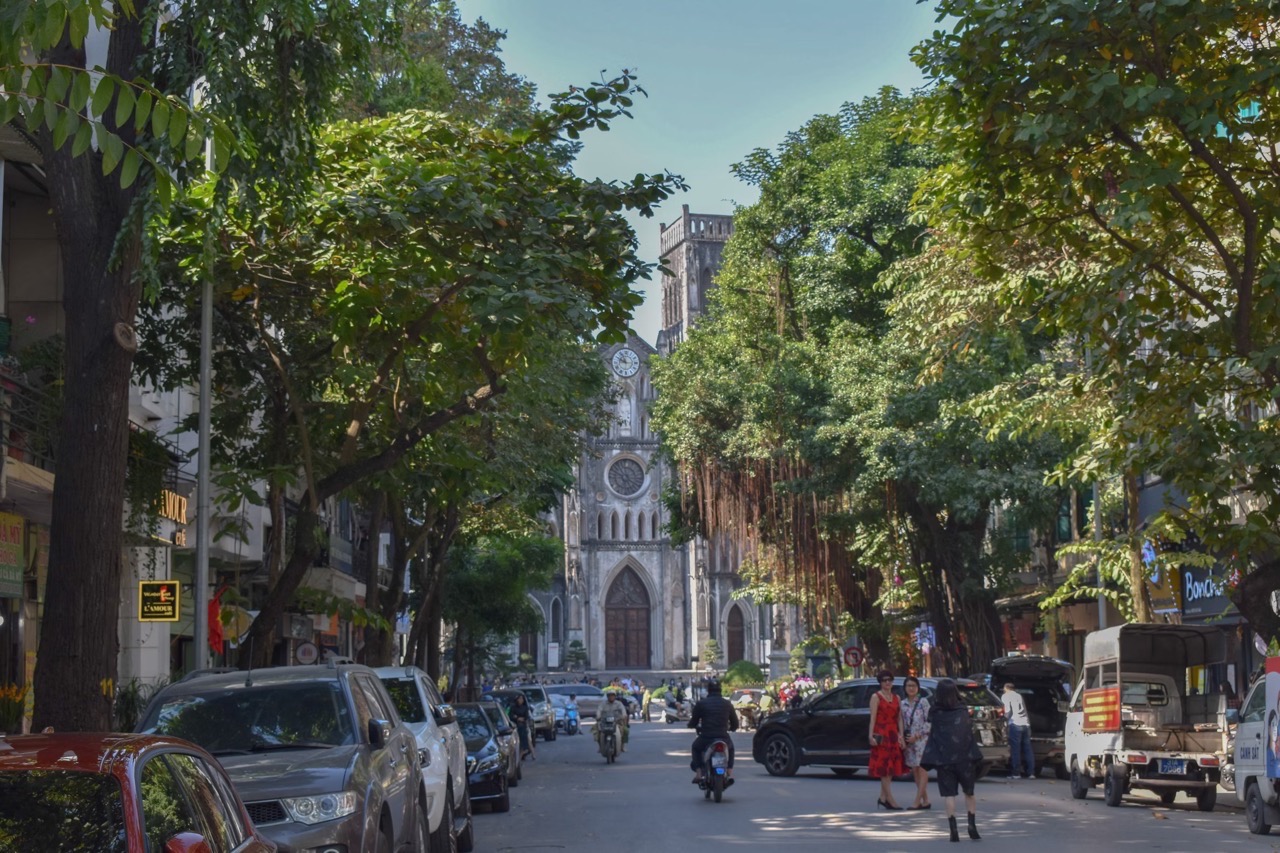 Begin your journey in Hanoi – a must-visit place in your Northern Vietnam itinerary – by visiting significant cultural sites such as the Ho Chi Minh Mausoleum, the One Pillar Pagoda, and the Temple of Literature. In the afternoon, explore the Vietnam Museum of Ethnology to learn about the country’s diverse ethnic groups.
Later, enjoy a cyclo ride through the bustling streets of the Old Quarter, followed by a traditional water puppet show. In the evening, board an overnight train to Lao Cai as you kick off your northern Vietnam itinerary.
Begin your journey in Hanoi – a must-visit place in your Northern Vietnam itinerary – by visiting significant cultural sites such as the Ho Chi Minh Mausoleum, the One Pillar Pagoda, and the Temple of Literature. In the afternoon, explore the Vietnam Museum of Ethnology to learn about the country’s diverse ethnic groups.
Later, enjoy a cyclo ride through the bustling streets of the Old Quarter, followed by a traditional water puppet show. In the evening, board an overnight train to Lao Cai as you kick off your northern Vietnam itinerary.
Day 2-3: Arrival in Lao Cai and Trekking to Ta Van Village
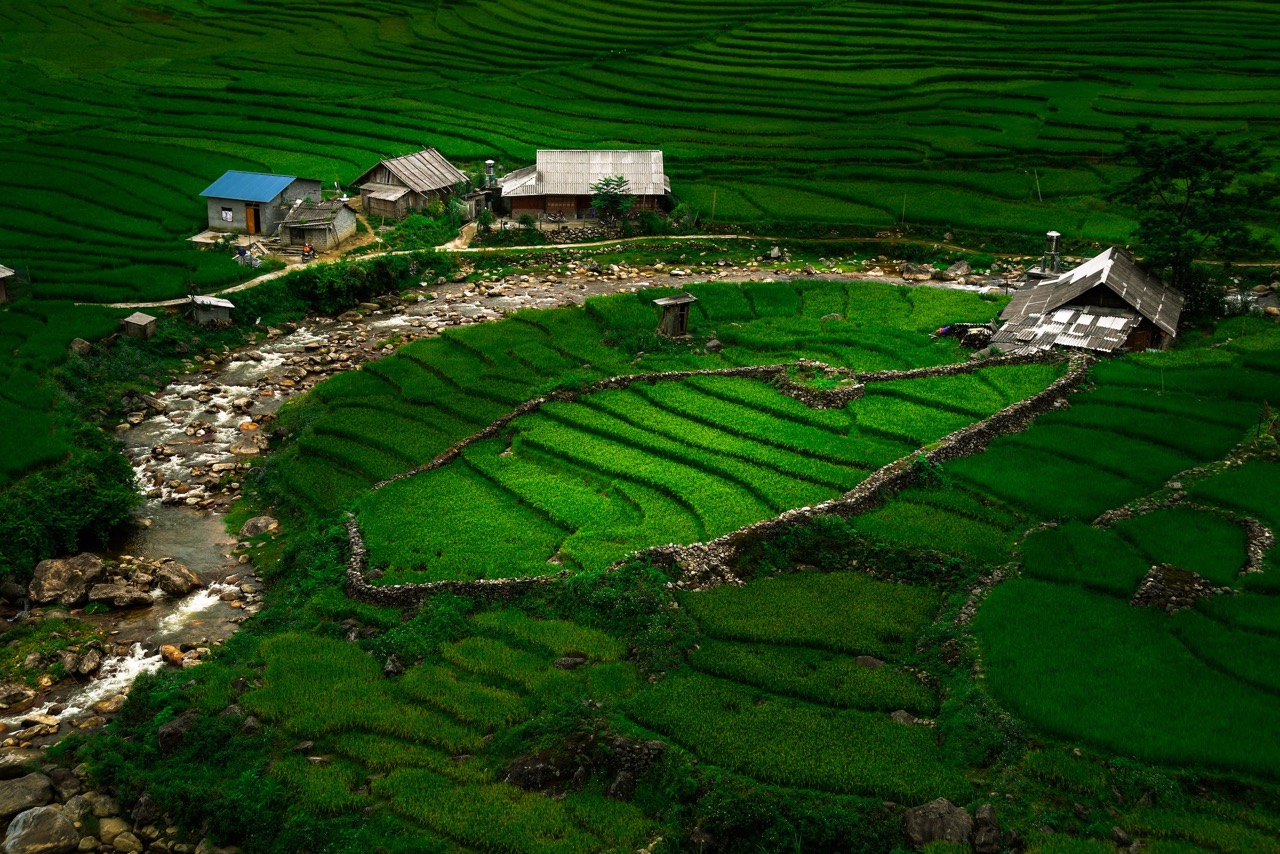 Arrive early in Lao Cai and begin your trip with an adventure in Sapa, a mountainous region famous for its terraced rice fields and ethnic minority communities. Trekking through the Lao Chai and Ta Van villages offers an incredible opportunity to connect with the H’Mong and Dao people and learn about their unique traditions. The landscapes of Muong Hoa Valley are nothing short of spectacular, with rolling hills and cloud-kissed peaks stretching into the horizon.
Staying in a homestay with a local family adds an authentic touch to your experience, enriching your northern Vietnam itinerary with local flavors and genuine interactions.
Arrive early in Lao Cai and begin your trip with an adventure in Sapa, a mountainous region famous for its terraced rice fields and ethnic minority communities. Trekking through the Lao Chai and Ta Van villages offers an incredible opportunity to connect with the H’Mong and Dao people and learn about their unique traditions. The landscapes of Muong Hoa Valley are nothing short of spectacular, with rolling hills and cloud-kissed peaks stretching into the horizon.
Staying in a homestay with a local family adds an authentic touch to your experience, enriching your northern Vietnam itinerary with local flavors and genuine interactions.
Day 4: Ninh Binh – Hoa Lu and Trang An
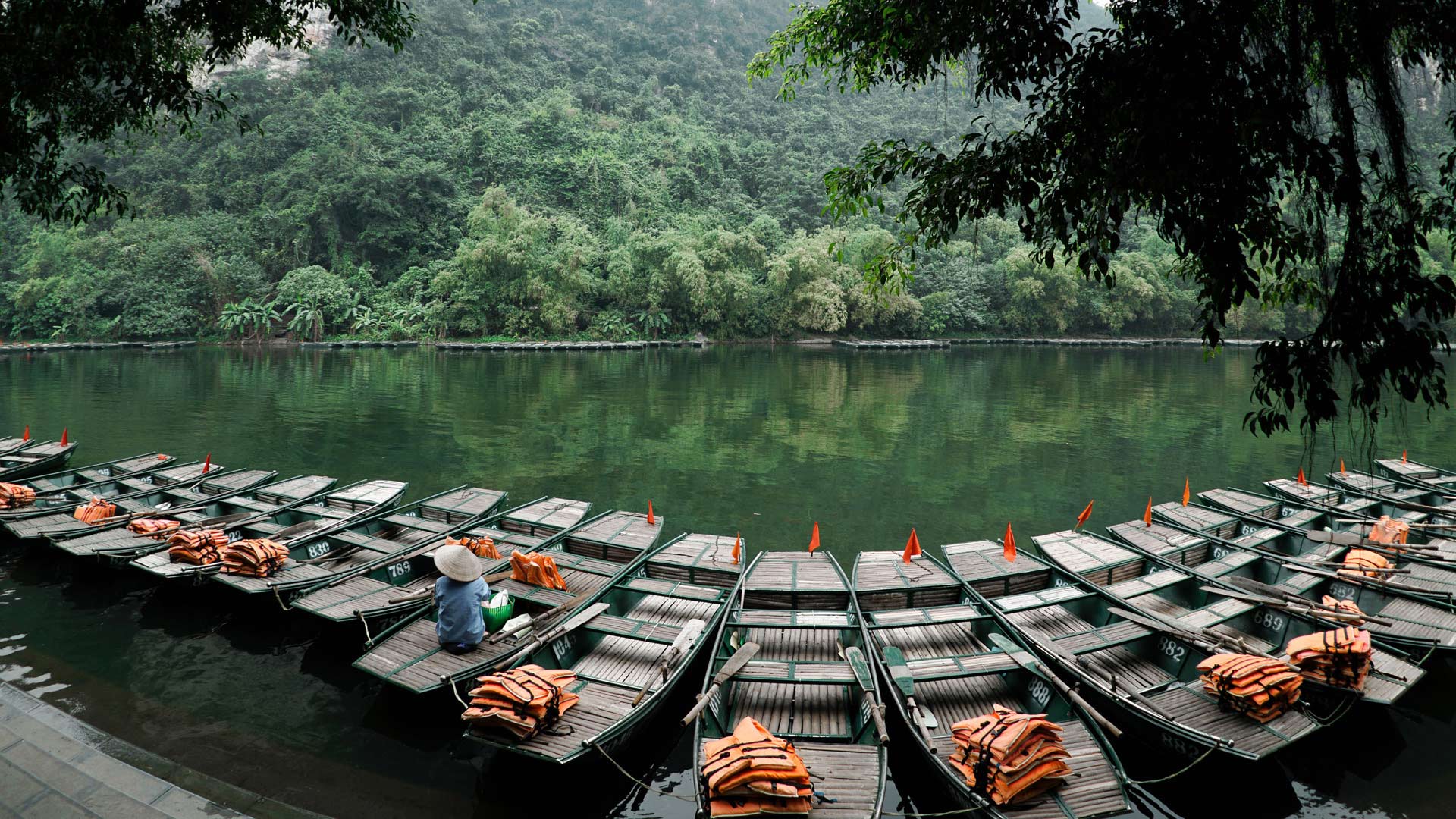 Upon arrival in Hanoi, have breakfast and then drive to Ninh Binh. Visit Hoa Lu, the ancient capital of the Dinh and Le dynasties, followed by a trip to Bich Dong Pagoda, perched atop a mountain with stunning views.
After lunch at a local restaurant, enjoy a boat ride through the Trang An Scenic Landscape Complex, a UNESCO World Heritage Site, passing through rice fields, limestone mountains, and caves. Check into your hotel in Ninh Binh for an overnight stay.
Upon arrival in Hanoi, have breakfast and then drive to Ninh Binh. Visit Hoa Lu, the ancient capital of the Dinh and Le dynasties, followed by a trip to Bich Dong Pagoda, perched atop a mountain with stunning views.
After lunch at a local restaurant, enjoy a boat ride through the Trang An Scenic Landscape Complex, a UNESCO World Heritage Site, passing through rice fields, limestone mountains, and caves. Check into your hotel in Ninh Binh for an overnight stay.
Day 5: Halong Bay Cruise
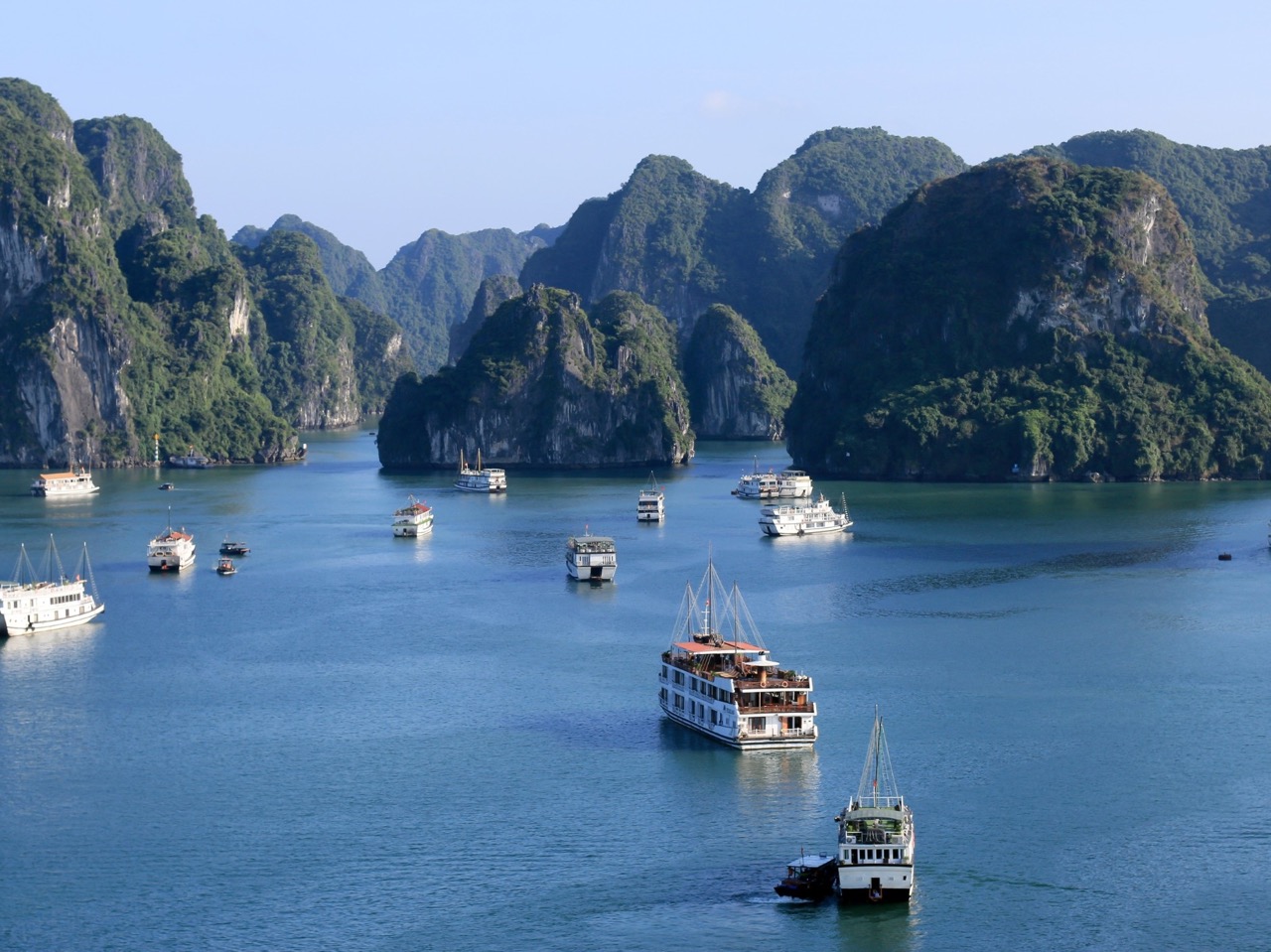 After breakfast, drive to Halong Bay and board a traditional junk boat. Enjoy lunch on board as you sail past distinctive formations like Trong Mai Islet and Titop Island. In the afternoon, explore the Dark and Bright Lagoon in Bai Tu Long Bay by bamboo boat.
Relax on the sun deck, indulge in spa services, or enjoy a cocktail before dinner. In the evening, try your hand at squid fishing before retiring to your cabin—an essential experience in any northern Vietnam itinerary.
After breakfast, drive to Halong Bay and board a traditional junk boat. Enjoy lunch on board as you sail past distinctive formations like Trong Mai Islet and Titop Island. In the afternoon, explore the Dark and Bright Lagoon in Bai Tu Long Bay by bamboo boat.
Relax on the sun deck, indulge in spa services, or enjoy a cocktail before dinner. In the evening, try your hand at squid fishing before retiring to your cabin—an essential experience in any northern Vietnam itinerary.
Day 6: Halong Bay – Surprise Cave and Return to Hanoi
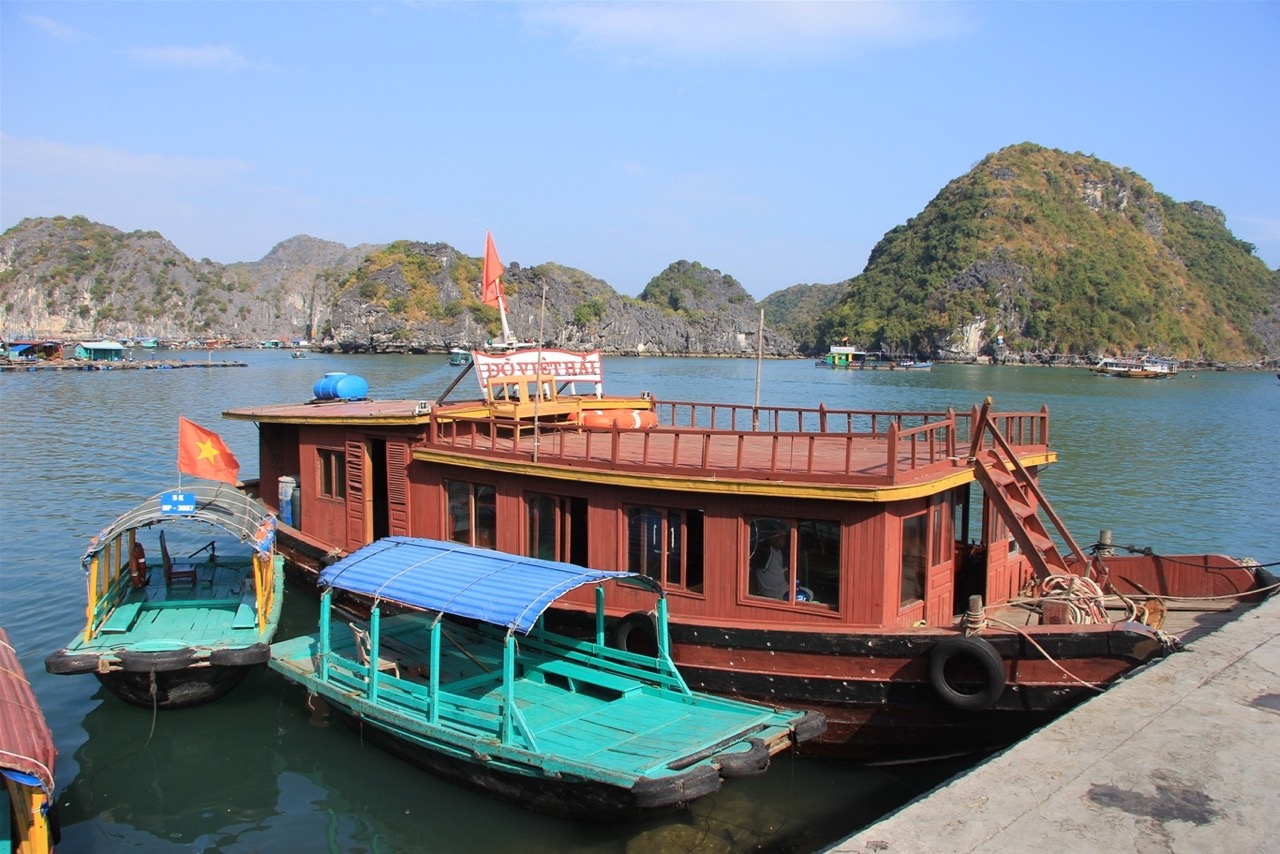 Start your next day with Tai Chi on the sun deck as the sun rises over the bay. After a light breakfast, visit the Surprise Cave, one of Halong Bay’s largest and most beautiful caves. Return to the boat for a final meal before sailing back to Tuan Chau Marina. Transfer back to your hotel in Hanoi for the night.
Start your next day with Tai Chi on the sun deck as the sun rises over the bay. After a light breakfast, visit the Surprise Cave, one of Halong Bay’s largest and most beautiful caves. Return to the boat for a final meal before sailing back to Tuan Chau Marina. Transfer back to your hotel in Hanoi for the night.
Day 7: Departure from Hanoi
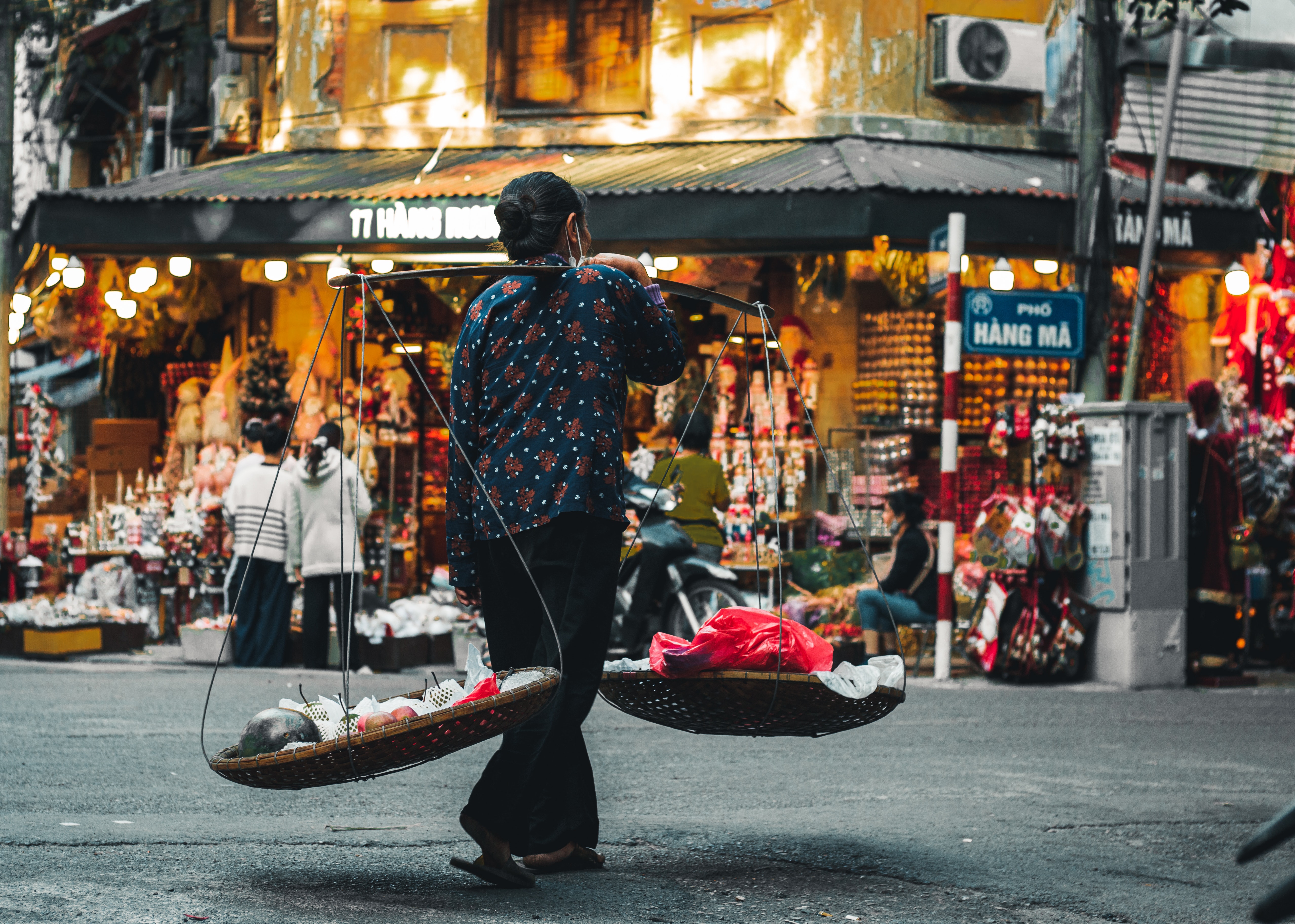 Depending on your flight schedule, plan your last day in your Northern Vietnam itinerary by enjoying some free time in Hanoi before being transferred to the airport for your departure.
Depending on your flight schedule, plan your last day in your Northern Vietnam itinerary by enjoying some free time in Hanoi before being transferred to the airport for your departure.
Practical Tips for Travellers
Cash is essential as many local businesses do not accept credit cards. When visiting temples and pagodas, remember to dress modestly as a sign of respect. Traffic in Hanoi might be overwhelming, so be cautious when crossing the streets. Packing light but in layers is recommended, as the weather varies depending on the region. Most importantly, immerse yourself in the local culture by trying traditional dishes, learning a few Vietnamese phrases, and engaging with the warm and hospitable locals.Read more about our blog on Traffic in Vietnam here!
